Separating fact from folklore
TV3’s TWO-PART documentary series, In the Name of the Republic has created a stir among historians, though perhaps not in the way the filmmakers intended.
The programme illustrates the danger of accepting local folklore as historical fact, especially during this much-heralded “decade of centenaries”.







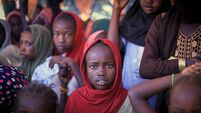
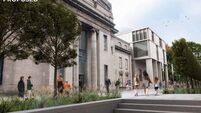

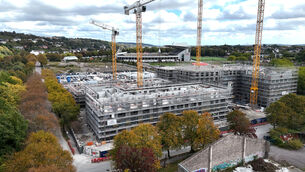



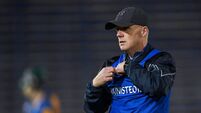
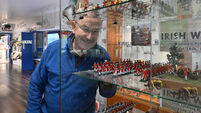
![Johnny_Stephens_Photography-02-425A6831-Edit[1].jpg Restaurant review: The Ivy Asia is an assault on all five senses — I hated it](/cms_media/module_img/9752/4876311_7_teasersmall_Johnny_Stephens_Photography-02-425A6831-Edit_5b1_5d.jpg)